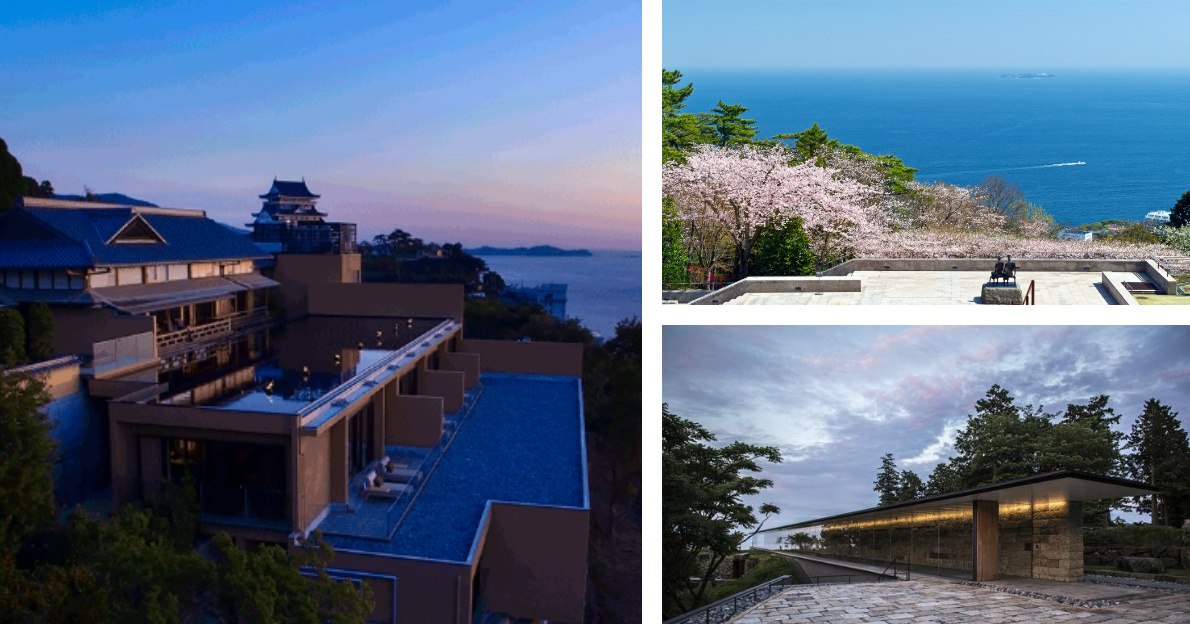
If you’re looking to get out of Tokyo for a day-trip, head to Odawara, a coastal town Southeast of Tokyo. It’s an hour and a half by train and little faster by car and once you’re there, the beautiful landscape will be more than enough to make you forget the city. We were touring the area last week so here are a few of our favorite spots!
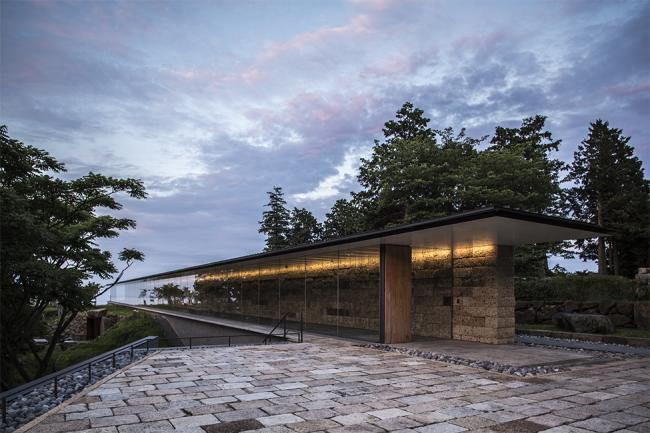
“Summer Solstice Light-Worship 100-Meter Gallery” (photos courtesy NMRL)
The Enoura Observatory
The Enoura Observatory is an absolutely stunning space that artist Hiroshi Sugimoto has carved into the Hakone mountains, overlooking the Sagami Bay. Conceived over 20 years ago and finally completed in the Fall of 2017, it’s the epitome of Sugimoto’s philosophy towards art, nature and the passing of time. It’s comprised of ever-expanding structures including an art gallery, a stone stage, a tea house and, most recently, a gallery of fossils. We’re nicknaming the space the rock museum because it’s become home to Sugimoto’s collection of historically significant stones from all over Japan and the world, some of them being millions of years old. When it comes to details, nothing is overlooked at the Enoura Observatory and each stone is placed so as to facilitate an appreciation for nature.
You’ll have to book tickets in advance though. And if you’re coming by train, make sure you reserve a ticket for the free shuttle that take visitors from Nebukawa Station to the observatory.
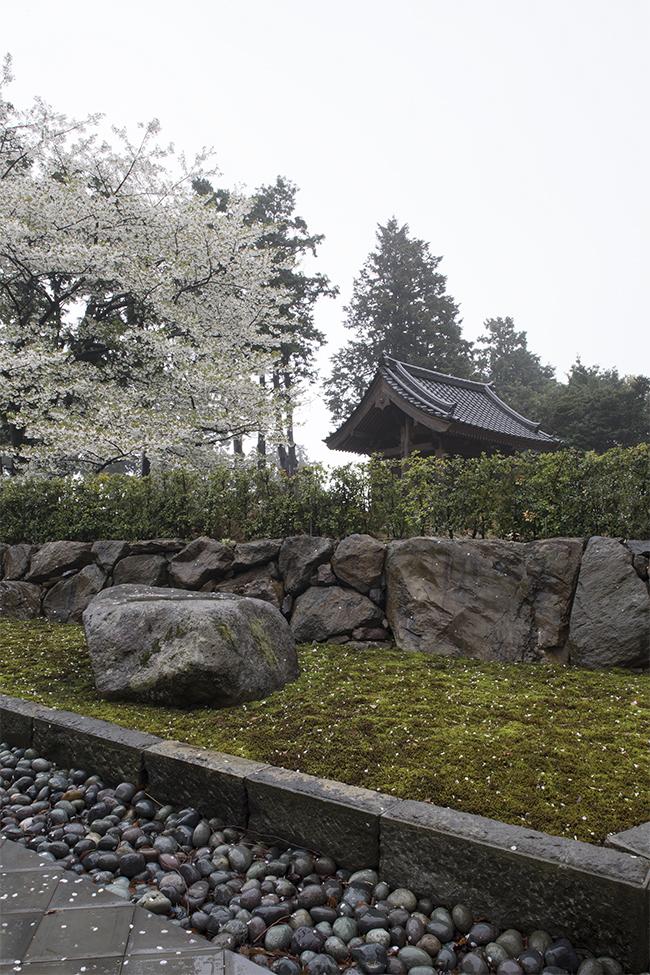
cornerstone from Kyoto Gojo-Ohashi Bridge
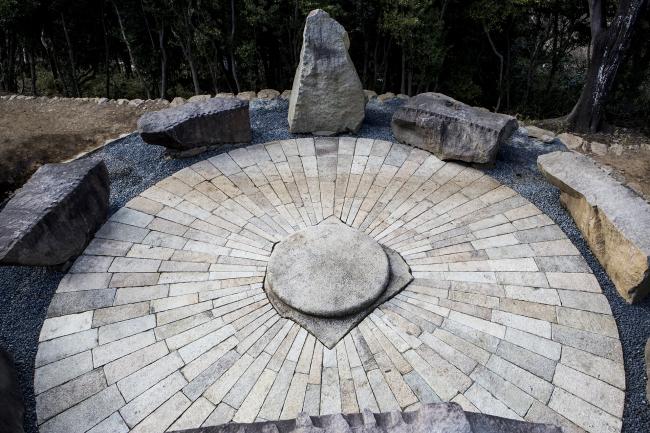
circular stone stage with a garan-ishi at the center that once supported a large stone lantern at the home of a daimyo
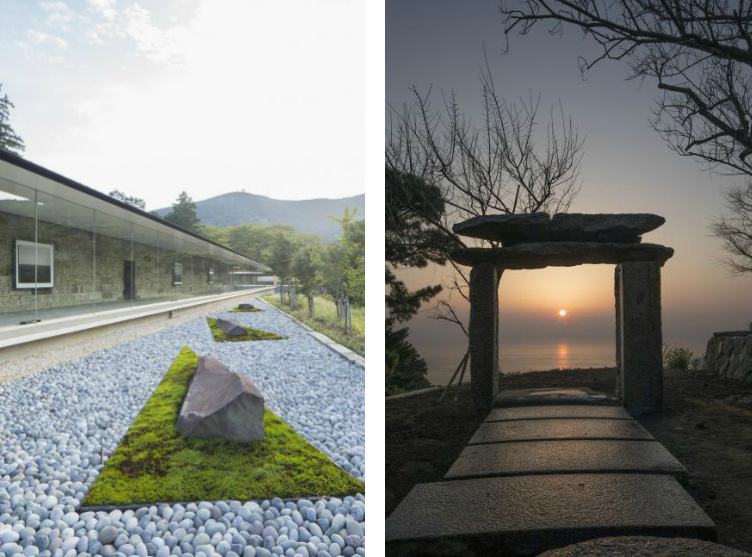
left: Komatsu stone arrangements from a nearby quarry | right: Stone torii gate assembled from stones from medieval times
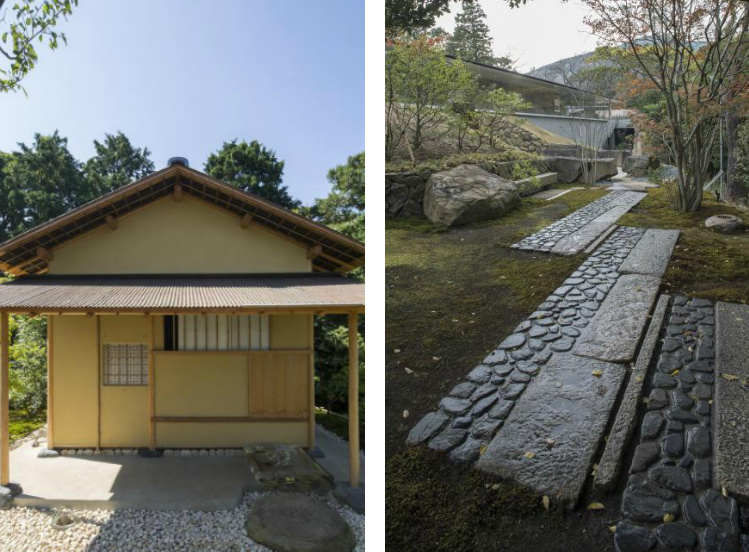
Left: Uchoten (“Listen-to-the-rain”) Tea House
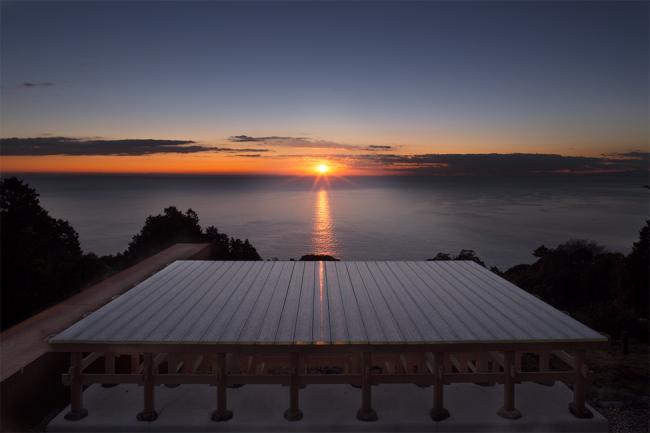
the optical glass stage which, to an audience, will appear to float on the surface of the sea
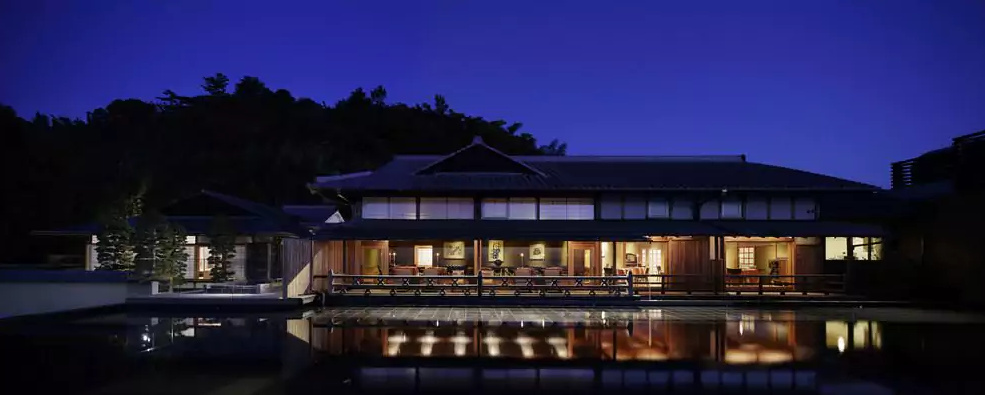
The Hiramatsu (photos courtesy Hiramatsu Hotels)
Hiramatsu
You’ll probably have spent several hours at the Enoura Observatory and are starting to feel some hunger pains. Get back on the road and head further south (about 20 min) to Atami, a resort town dotted with hotels and ryokan. There are several food options here but if you’re willing to splurge, head to The Hiramatsu, a sukiya-style structure that’s been beautifully restored by 87-year old craftsman Koichi Kinoshita. Meals will run you roughly 30,000 yen per person but you’ll be treated to some of the finest French-Japanese food prepared by chef Miura. At The Hiramatsu, you won’t know where to look: out at the calming sea, at the finely crafted architectural details, or at the art hanging on the walls, which include works by Tamako Kataoka, Joan Miró and calligraphy artist Yuichi Inoue.
You should certainly consider spending the night here as well. Rooms run about 100,000 yen a night but that includes meals. And each room comes with its own private onsen (hot spring) bath.
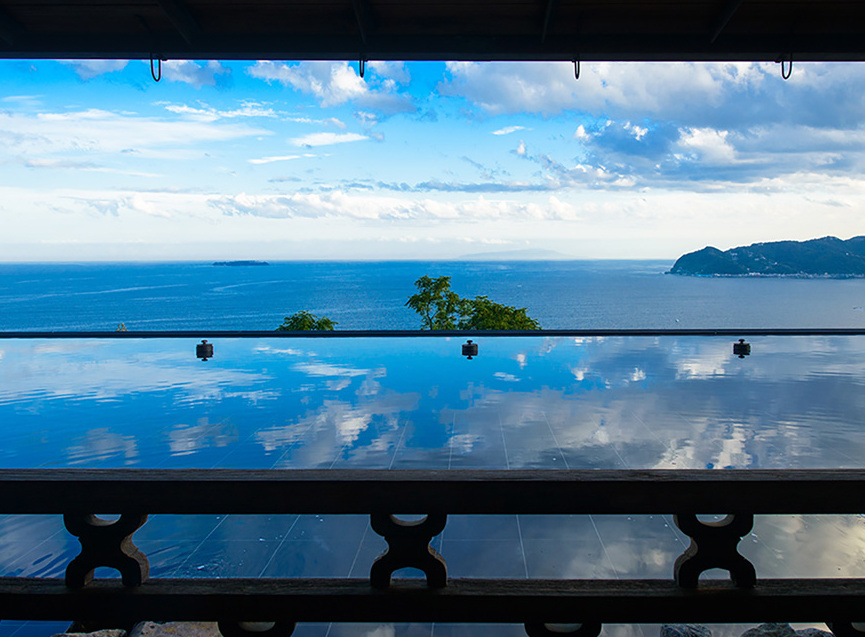
the view from the dining room of The Hiramatsu
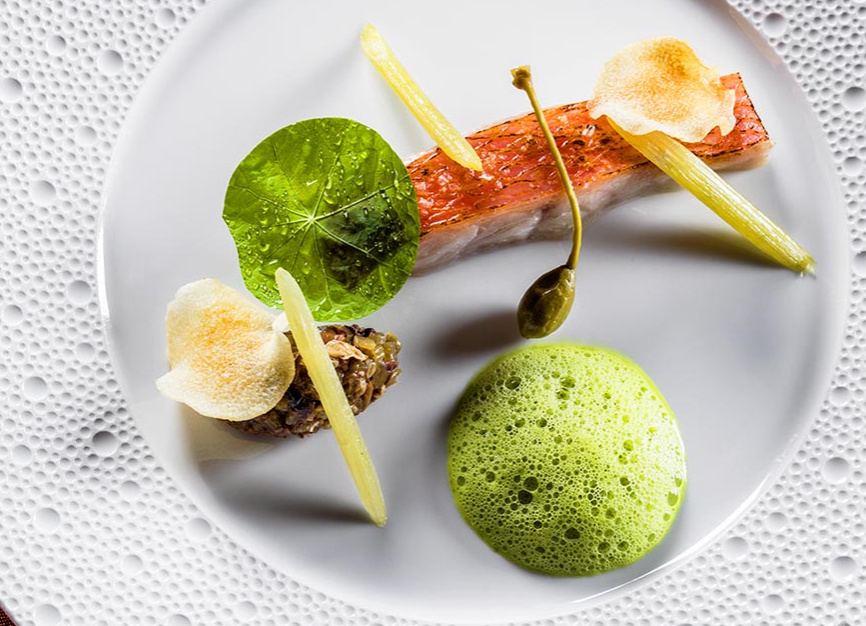
at the Hiramatsu you’ll be treated to some of the finest French-Japanese food
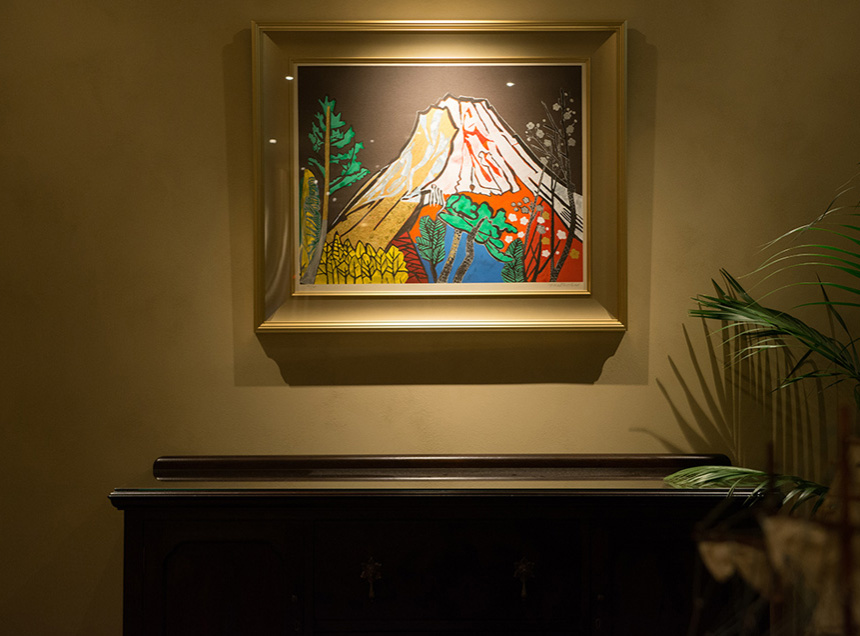
great views, great food but also great art at The Hiramatsu
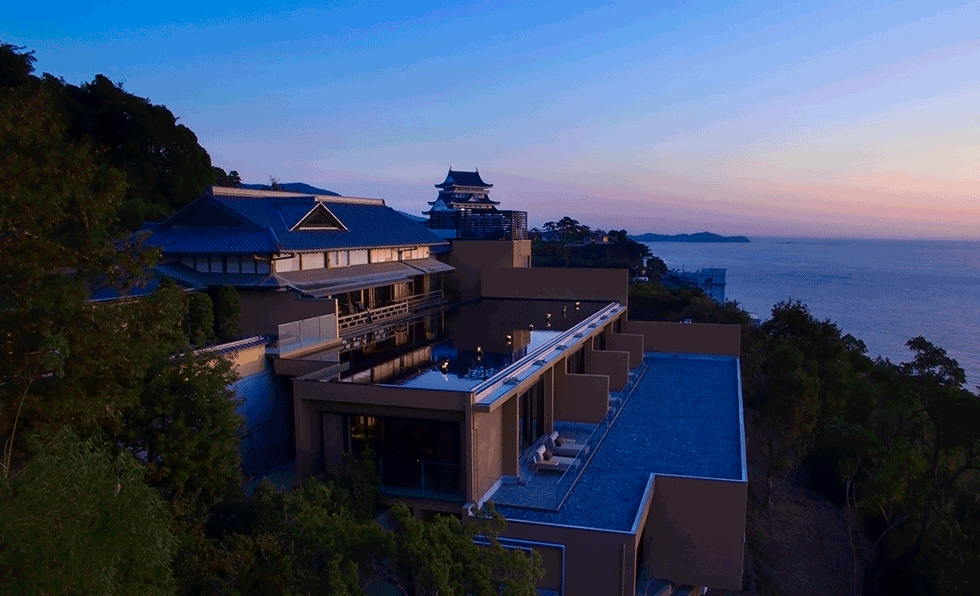
Atami Castle sits in the background of The Hiramatsu
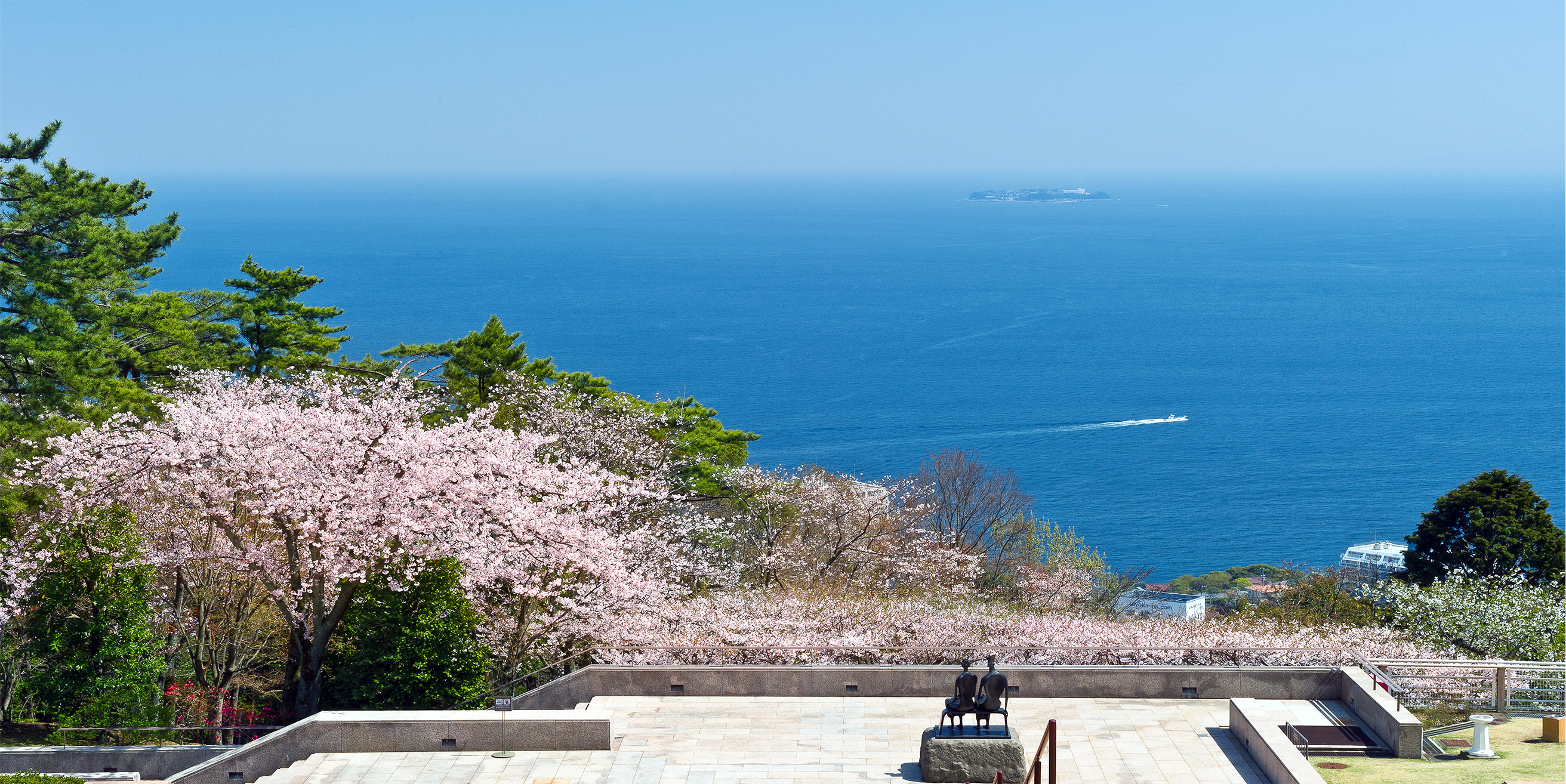
The MOA Museum. Hatsushima can be seen in the background (photo courtesy the museum)
MOA Museum
After you’ve had lunch, there are a few options to spend the afternoon. There’s Himenosawa Park with over 800 varieties of flowers planted on sloping hills. There’s Atami Castle, one of Japan’s lesser-known castles and Hatsushima, an island accessible by ferry. But if you’d like to continue with the art theme (as well as the Hiroshi Sugimoto theme), head to the MOA Museum, which reopened in February of 2017 after a renovation by Hiroshi Sugimoto.
“I wanted to see the MOA Museum of Art’s Japanese cultural treasures displayed in the best possible space with the best possible lighting,” explained Sugimoto, who took on the project as his first design of a museum. With an emphasis on old materials like yakusugi cedar and tatami, the artist attempted to recreate the exact light that Sen no Rikyu may have seen in his Taian teahouse. In effect, “to showcase the premodern.”
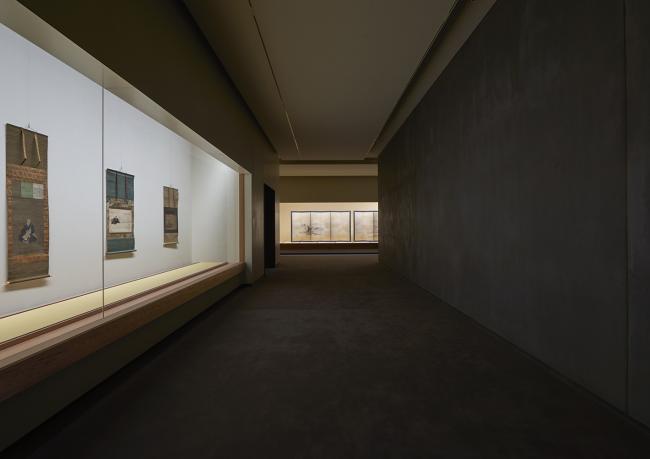
inside the galleries of the MOA Museum (all photos courtesy NMRL)
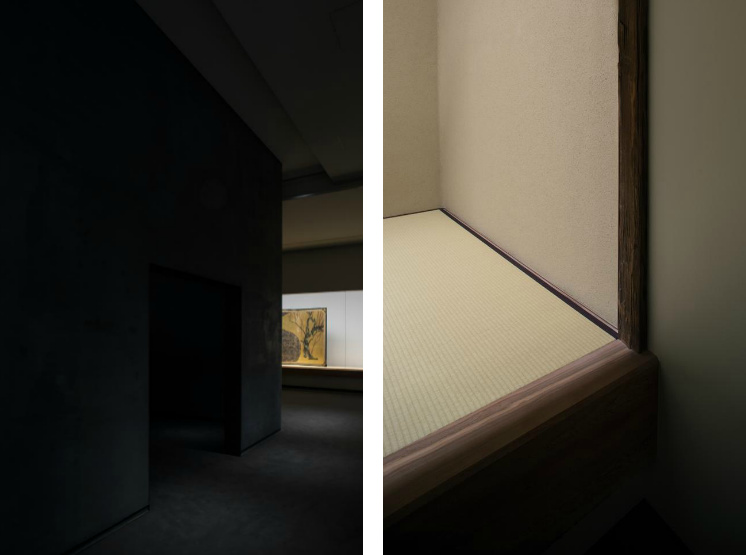
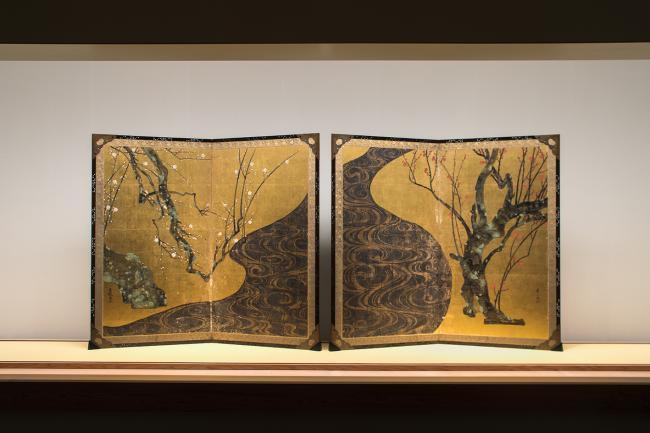
Red and White Plum Blossoms (18th century) By Ogata Korin
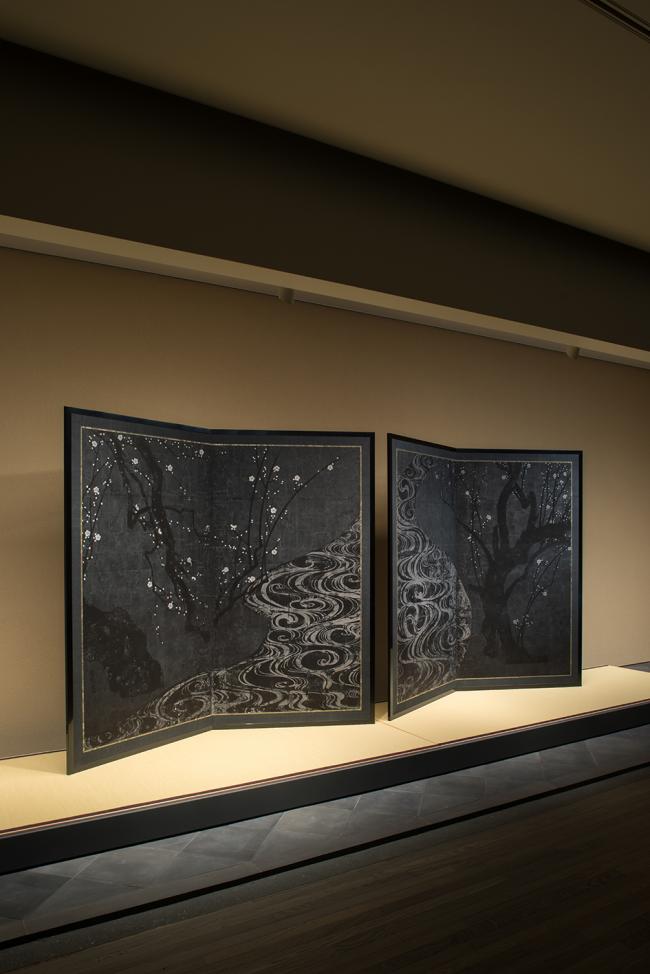
Hiroshi Sugimoto’s Red and White Plum Blossoms (2015)

Tea-leaf Jar with a design of wisteria (17th century) By Nonomura Ninsei
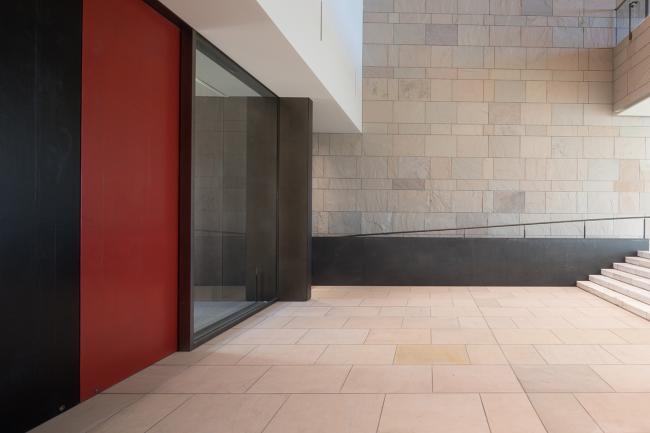
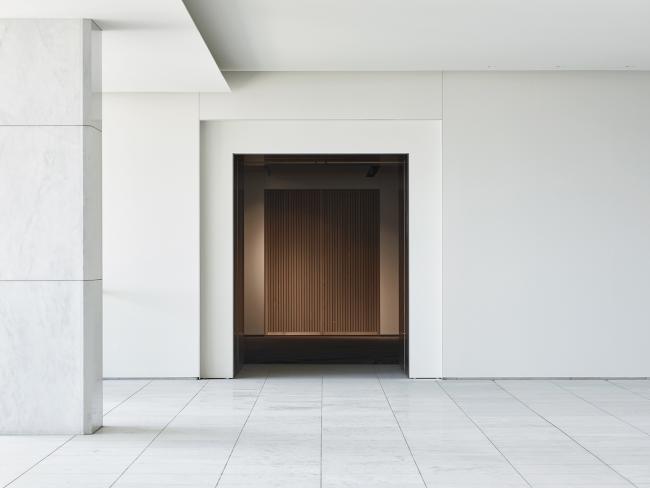


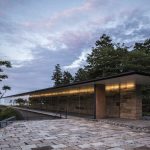
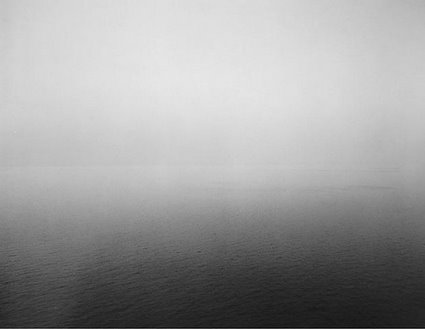
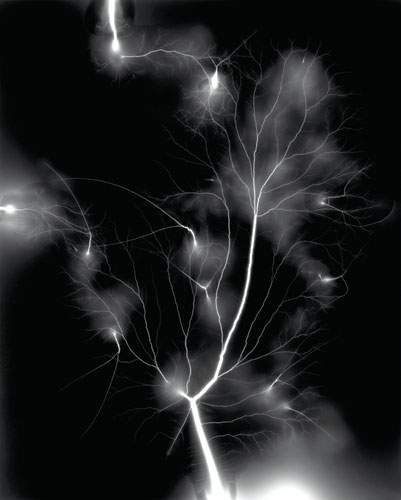


















October 31, 2018 at 11:05 am
Nice article, and great photos.
BTW – I assume you meant to type Hiroshi Sugimoto, not Hiroshi Fujimoto in the section about the Enoura observatory
October 31, 2018 at 2:40 pm
doh – thanks!
November 1, 2018 at 6:56 am
Atami Castle isn’t a “lesser-known castle”. It isn’t a castle at all. It is a modern-made, castle-shaped building from 1959 that houses an arcade, restaurant, and other entertainment facilities.